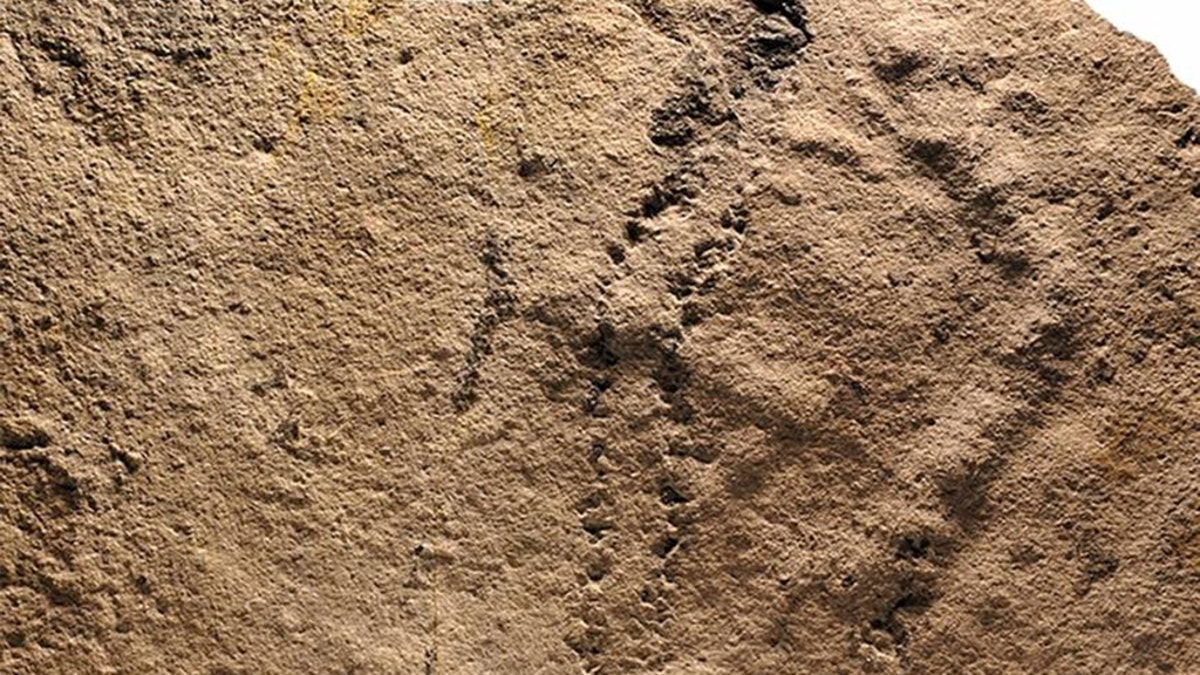
(Credit: Virginia Tech)
Scientists have uncovered the earliest footprints left by animals on Earth, dating back more than half a billion years.
The astonishing discovery reveals how creatures with paired legs were seemingly scuttling around over 100 million years earlier than we previously thought.
The fossilized footprints were discovered by a team of scientists studying trackways and burrows in China.
We don't know exactly what species the footprints belong to, but scientists described the creature as a bilaterian animal, like an arthropod.
This means it has paired appendages, and may have been a burrowing creature.
Experts previously believed that this type of creature appeared during the "Cambrian Explosion" around 541 to 510 million years ago.
But these new fossils date back to the Ediacaran Period, which lasted between 635 and 541 million years ago.
They were discovered by researchers from the Nanjing Institute of Geology and Palaeontology from the Chinese Academy of Sciences and Virginia Tech in the United States.
The scientists were examining a geological area known as the Denying Formation in the Yangtze Gorges area of South China.
"The trackways are somewhat irregular, consisting of two rows of imprints that are arranged in series or repeated groups," explained notes from the Chinese Academy of Sciences.
"The characteristics of the trackways indicate that they were produced by bilaterian animals with paired appendages that raised the animal body above the water-sediment interface.
"The trackways appear to be connected to burrows, suggesting that the animals may have periodically dug into sediments and microbial mats, perhaps to mine oxygen and food."
Sadly, the scientists weren't able to locate the body fossils of the animals that made these traces.
It's possible that the bodies were never actually preserved, so it may be that we'll never know what they actually looked like.
This story originally appeared in The Sun.




















